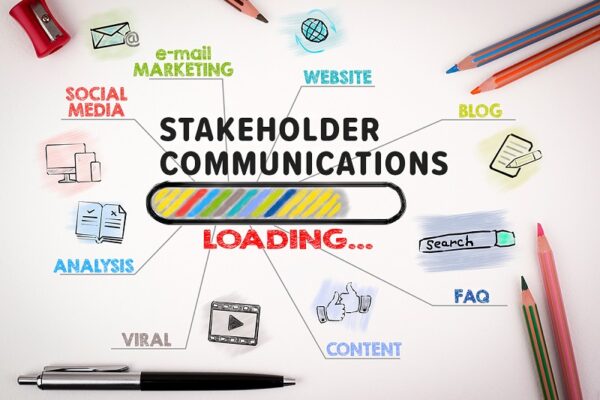Introduction
In the dynamic landscape of contemporary workplaces, the imperative to adopt sustainable practices has become increasingly crucial. As businesses strive to align their operations with environmental responsibility, facilities management company play a pivotal role in orchestrating this harmonious transformation. This article delves into the realm of sustainable facilities management, exploring innovative strategies and initiatives that foster harmony between the workplace and the environment.
1. The Green Imperative: A Call for Sustainable Facilities Management
In an era where climate change looms large, the need for sustainability has transitioned from a choice to an imperative. Sustainable facilities management emerges as a strategic response, addressing environmental concerns while optimizing workplace functionality. This section elucidates the fundamental importance of embracing green initiatives in the contemporary business landscape.
2. Energy Efficiency: Illuminating the Path to Sustainability
One of the primary pillars of sustainable facilities management is energy efficiency. Through the adoption of smart lighting systems, energy audits, and innovative HVAC solutions, workplaces can significantly reduce their carbon footprint. This section explores how harnessing energy-efficient technologies can illuminate the path towards a more sustainable and eco-friendly workplace.
3. Green Building Design: Foundations for a Sustainable Future
The design of office spaces plays a pivotal role in sustainability. This section explores how green building design, incorporating elements such as natural lighting, ventilation, and sustainable materials, lays the foundations for a workplace that not only conserves resources but also fosters employee well-being and productivity.
4. Waste Not, Want Not: The Role of Waste Reduction and Recycling
Effective waste management is integral to sustainability. Facilities management companies can implement comprehensive recycling programs, encourage the use of biodegradable materials, and establish composting systems. This section delves into the various strategies that can be employed to minimize waste production and enhance recycling efforts within the workplace.
5. Water Wisdom: Nurturing Sustainability Drop by Drop
Water conservation is a critical aspect of sustainable facilities management. Through the installation of water-efficient appliances, rainwater harvesting systems, and a proactive approach to leak detection and repair, workplaces can contribute to the responsible use of this precious resource. This section discusses the significance of water conservation in the broader context of sustainability.
6. Transportation Initiatives: Paving the Way for Greener Commutes
Reducing the environmental impact of commuting is a key consideration for sustainable workplaces. This section explores how facilities management can promote eco-friendly transportation options, such as electric vehicle charging stations, telecommuting, and cycling infrastructure, fostering greener and more sustainable daily commutes for employees.
7. Cultivating Green Spaces: Eco-Friendly Landscaping in the Workplace
Green spaces not only contribute to a visually appealing workplace but also play a crucial role in biodiversity and environmental sustainability. This section discusses the implementation of eco-friendly landscaping practices, including the use of native plants, water-efficient irrigation, and the avoidance of harmful pesticides, contributing to a harmonious coexistence with nature.
8. Employee Engagement: Nurturing a Culture of Sustainability
Creating a sustainable workplace requires the active participation of employees. This section explores strategies for fostering employee awareness, engagement, and recognition of environmentally friendly practices. Establishing a green team and providing regular sustainability training can be instrumental in cultivating a culture of sustainability within the organization.
9. Sustainable Procurement: Making Informed Choices for a Greener Future
The products and materials an organization procures have a significant impact on its overall environmental footprint. This section discusses the importance of sustainable procurement, encouraging facilities management companies to source products from eco-friendly suppliers, prioritize minimal packaging, and consider the life cycle of products in their purchasing decisions.
10. Monitoring and Reporting: The Road to Continuous Improvement
Sustainability is an ongoing journey that requires continuous monitoring and improvement. This section emphasizes the implementation of monitoring systems to track energy, water, and resource usage. It also discusses the importance of regular assessments and reporting to gauge the success of sustainability initiatives and set future goals.
Conclusion
In conclusion, the integration of sustainability into facilities management practices is not just a corporate responsibility but a pathway towards a harmonious and balanced future. By adopting these eco-friendly initiatives, facilities management companies can lead the way in creating workplaces that not only thrive in the present but also contribute positively to the well-being of our planet for generations to come. As the synergy between workplace and environment deepens, the harmonious melody of sustainability will resonate throughout the corridors of the modern workplace.









